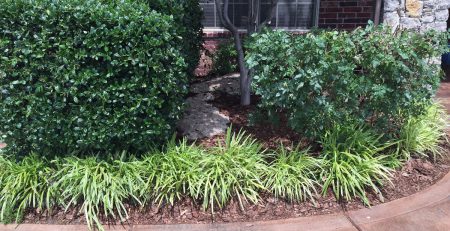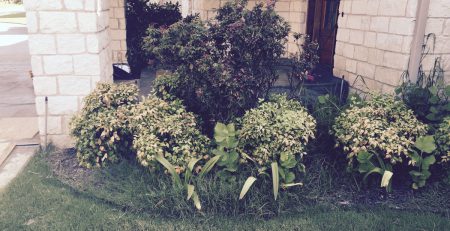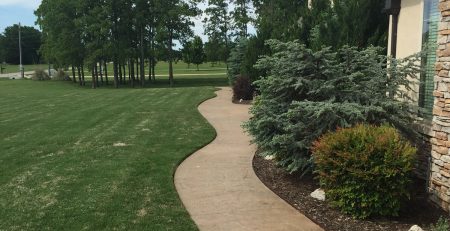How to Troubleshoot Low Water Pressure in Your Sprinkler System
Low water pressure in your sprinkler system can be frustrating, especially when it causes uneven watering and dry patches in your lawn. Fortunately, troubleshooting low water pressure isn’t too difficult, and many common issues can be resolved without needing a professional. If you’re having consistent problems, it might be time to consider professional sprinkler installation & repair services, but first, here are some steps you can take to identify and fix the issue on your own.
1. Check for Leaks
One of the most common causes of low water pressure is a leak in the system. Walk around your yard and inspect the sprinkler pipes, connections, and sprinkler heads for any visible leaks. Even a small crack in the pipe can reduce water pressure significantly. If you spot any leaks, repair them immediately. You can replace broken sprinkler heads or seal small pipe cracks with appropriate repair kits.
2. Inspect the Sprinkler Heads
Clogged or damaged sprinkler heads can also cause low water pressure. Dirt, grass, or debris can easily block the nozzles, preventing proper water flow. Remove each sprinkler head and check for any blockages. Clean the nozzles by rinsing them under water or using a small wire to clear the debris. If any heads are broken, they should be replaced.
3. Adjust the Water Valve
Sometimes, the problem is simply that the water valve is not fully open. If the main water valve or the valve that controls the sprinkler system is only partially open, it will limit the water flow. Make sure all valves are fully opened to allow maximum water pressure throughout the system.
4. Check for Pipe Blockages
If cleaning the sprinkler heads doesn’t solve the issue, there might be a blockage in the pipes. Dirt, tree roots, or mineral deposits can clog the sprinkler pipes over time, reducing water flow. In this case, you may need to flush the system to clear the pipes or replace sections that are heavily blocked.
5. Water Pressure Issues in Your Home
If you have low water pressure throughout your home, it could affect your sprinkler system as well. Check if faucets inside your home are experiencing low pressure. If this is the case, you may need to contact your water supplier or plumber to fix the main water pressure problem.
6. When to Call a Professional
If none of these troubleshooting steps solve the problem, it may be time to call a professional for sprinkler installation & repair. A professional can inspect your system thoroughly and repair or replace any malfunctioning parts to restore proper water pressure.
By following these steps, you can often fix low water pressure issues in your sprinkler system, ensuring your lawn stays green and healthy all year long.




